The Binding of Isaac has what might be the best “elevator” pitch I’ve heard for a game – it’s a blend of 2D-era Zelda titles and classic roguelikes such as NetHack. Fortunately, the game delivers on that core promise by presenting a fun, challenging experience that is well worth the $5 it will set you back on Steam. Unfortunately, that excellent game is masked by a veneer of arbitrary plot and unnecessary visuals that detract from the overall experience.
During a first playthrough, the game’s debt to The Legend of Zelda is obvious. You guide our hero (initially Isaac himself, but you can unlock other characters) through a dungeon built from one-screen rooms. Each floor holds a special item to claim and a boss to defeat. The interstitial rooms might be empty, but are more likely to house a handful of enemies that you must defeat before you can leave the room. Enemies leave behind familiar items: keys, bombs, coins, or hearts. All that’s missing is the Master Sword – Isaac eschews melee combat in favor of twin-stick shooting reminiscent of Smash TV (or any number of modern XBLA games).
If this doesn’t look familiar, you wasted your childhood.
But after you die a few times – and that’s a “when,” not an “if” – the game’s roguelike pedigree becomes clearer, as you realize just how much of the experience is randomly generated. Every dungeon is guaranteed to house a boss, an item room, a shop, and a secret or two, but the layout of the rooms is different every time you play. The bosses and items you find on each floor are equally random, giving you constant surprises rather than the strict progression of “get item X, use it to defeat boss Y” so prevalent in the Zelda franchise. Standard enemy placement is also random, making it so that you never know what challenges lie in the room ahead. Even some items change their effects from game to game – popping a new pill (the game’s equivalent of NetHack’s potions) is always unpredictable, as the red pill that increased your damage two-tries-ago might poison you this time instead. Although you could always consult a walkthrough or a wiki to help make sense of this randomness, part of the fun of the game is experimenting for yourself and learning from your mistakes.
Through all of this, the defining aspect of a roguelike keeps you vigilant: if you die, you must start over from the beginning. The death penalty would get old quick if the game wasn’t so good about rewarding multiple playthroughs. Countering the problem that even “random” gameplay can be exhausted over time, Isaac’s item and boss lists grow as you unlock more content. Sometimes, these unlocks are tied to story progression – beating a certain boss might unlock the ability for a new item to spawn, or beating the game might unlock a few new bosses to plague you in the future. Other unlocks are more unexpected, tied to repeated use of certain items or random acts of destruction. You can even unlock the ability to play as other characters, each of whom starts the game with a slightly different array of powers and traits.
The result is an addictive sort of organized chaos. Sometimes, the game will seem stacked against you from the start, and your time in the dungeon will be nasty, poor, brutish, and short. But those lows are balanced by the highs of success, when a combination of luck and your growing skill in the game transforms you into a veritable god, destroying all in your path as you make your way to triumph (or, perhaps, a heartbreaking NO WAIT STUPID WHAT DID I DO death in the home stretch). Sure, I can pick nits – the controls are more floaty than I’d like, and the reliance upon randomness means that the game can’t require any of the item-based problem solving common to both Zelda games and roguelikes. But the promise that there might always something new to find in the depths, coupled with the hope that next time either luck or logic will see you through, makes it very easy to say “ok, just one more try” again and again and again.
Judged just against its elevator pitch, then, Isaac would seem to be a huge success. But while the mechanics of the game are great, the presentation side of things comes off as muddled and schizophrenic. For me, these tonal problems centered on three general issues: religion, gore, and “lulz.”
First, the game is full of religious references, and I simply have no idea why. The story is a modern riff on the biblical tale of God asking Abraham to sacrifice his son, only here Isaac is a child trying to escape his god-touched mother, driven crazy by too much exposure to Christian television. Many of the characters and items, in turn, have a religious bent to them: play long enough, and you may find yourself running through the dungeon as “Judas” while wielding “The Book of Revelations” as your special weapon. But while others have claimed to find some clever commentary in the game’s invocations of religion, to me they never became more than mere trappings – I never saw any real purpose to them, nor did they serve to make the game more enjoyable.
The game’s pseudo-religious side stands in sharp juxtaposition to the game’s frequent indulgences in cartoon blood, guts, and filth. Almost every monster you face is some variation on the theme of “hacked-up child,” be it a floating head that spits blood at you or an endlessly-leaping headless body. Where Zelda had you breaking pots or slashing grasses in search of hidden items, here you’ll be breaking up piles of feces. And while your default weapon is Isaac’s never-ending flow of tears, if you’re truly fortunate you may find an item that lets you attack with his urine instead.
This is a thing that happens.
As with the religious elements, I’m not sure whether all this gore adds anything to the game. Geysers of blood may have had a place in Super Meat Boy (co-creator Edmund McMillen’s last project), where it was a natural comedic outgrowth of the demented Mario-meets-puzzles-meets-masochism platforming gameplay. But here, it feels superfluous, providing cheap laughs at most.
Speaking of cheap laughs…..Isaac’s references to outside media don’t end at Zelda and NetHack, and some are more successful than others. At their best, these references do enhance the game in the precise way that the game’s blood-and-gore visuals don’t. There’s something amusing and heartwarming about the moment of epiphany that comes when you realize that the red-hued monster you are fighting works just like skeletons from the Castlevania games, or that the boss you are fighting bears more than a passing resemblance to the titular character from Bomberman or Centipede. But when the moment of epiphany is instead the realization that hostile bombs are all adorned with the Trollface or that the special weapon you just picked up is the Shoop Da Whoop Lazer, it’s easy for laughter to give way to a sensation of “ok, wait, but, why?” These more-random references can be funny (I laughed at some of them, your mileage may vary), but they drive even more of a wedge between the different parts of the game’s fractured presentation.
As a result of all of this, I was surprised to find the game making me think as much about Jonathan Blow’s Braid as I was about Zelda or NetHack. Like Isaac, Braid put a new and successful twist on the framework of an NES classic – if Isaac is “Zelda with the randomness of a roguelike,” Braid was “Mario with time manipulation.” But I think that the successes and failures of Braid’s narrative should serve as a cautionary tale for developers trying to put a little art into their games. [If you never got around to finishing Braid but still intend to do so, now’s the time to skip to the last paragraph of this review.]
Braid’s final level, which shows the player that Tim’s effort to save his princess is something closer to “stalking” than “heroism,” was a triumph. But it worked because it was a narrative twist that evolved out of the game’s pre-existing tropes and devices, a deconstruction of the “hero saving the princess” story that came hand-in-hand with Mario-influenced game design. (Conversely, Braid’s babbling about the Manhattan Project and the creation of the atomic bomb landed somewhere between “inoffensively random” and “insufferably pretentious,” in part because it had nothing to do with the surrounding gameplay.) Braid’s biggest successes came, then, when the game’s mechanics and narrative worked in harmony.
When I was playing Isaac, I kept waiting for such a bridge to appear – something to link the game’s crass-but-pseudo-religious side with the rest of the game and, in the process, provide some justification for the tone in the first place. But that moment never came. After beating the game several times (and consulting a few YouTube videos to be sure that the answers I wanted weren’t waiting for me down the road), the game’s style remains as arbitrary as the design of the dungeon itself, and the story of Isaac’s troubles with his mother might as well exist in a vacuum.
As a result, as good as Isaac’s gameplay is, the visuals surrounding it do the game no favors. None of Isaac’s flaws are fatal, a testament to the strength of its Zelda-but-random core – there’s a reason I ended up playing it until 5am the night I bought it and have revisited it (for at least a short while) every day since. But I couldn’t play the game without being aware that I’m enjoying it despite some obvious failings, and I found myself wishing that its creators had been less ambitious. Had the game to have stayed closer to dungeoneering roots and abandoned its gore and religious iconography in favor of a more traditional framework of adventurers fighting bats, skeletons, and orcs, then the resulting game would have been more cohesive (albeit less creative). Alternatively, had the game embraced excess, discarding semi-religious metaphor in favor of a dungeon-crawling response to Barkley: Shut Up And Jam Gaiden, I would have gladly buckled up and enjoyed the meme-influenced rollercoaster ride. But instead of playing to either extreme, the game landed somewhere in the middle – it’s fun to play, but it never lives up to its full potential.
The Binding Of Isaac, by Edmund McMillen and Florian Himsl, is available on Steam for both PC and Mac. Reviewed for 11+ hours, unlocking approximately half the content and beating the game three times.
Overall Rating: 




© 2011 – 2013, The Indie Mine. All rights reserved.

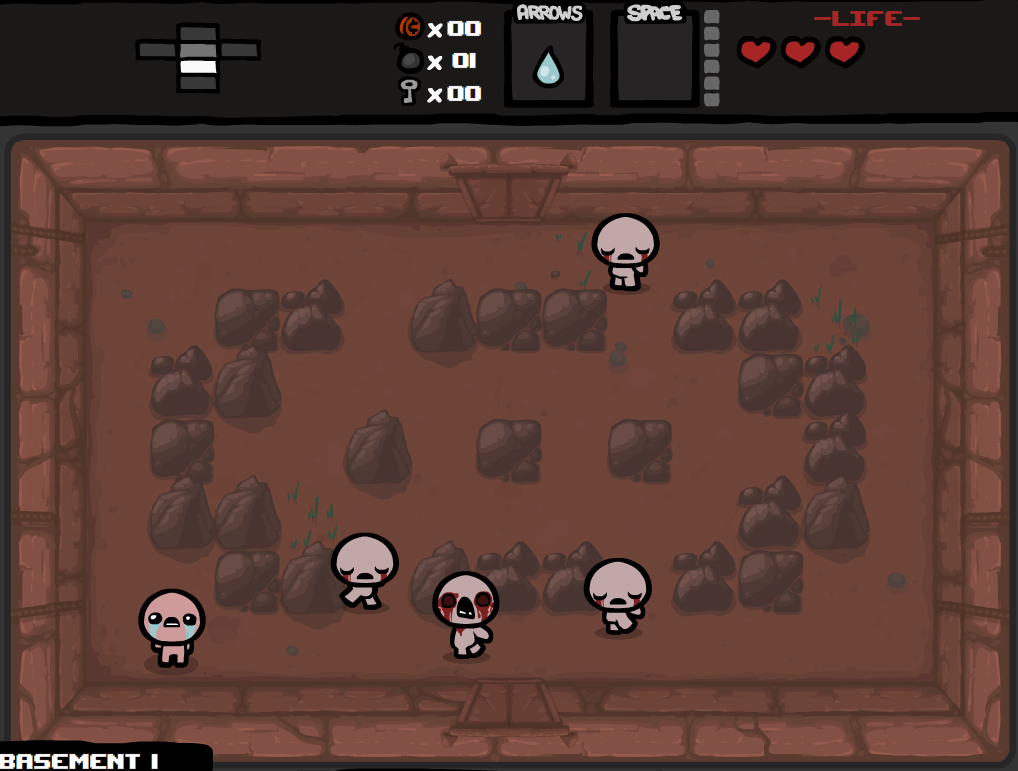
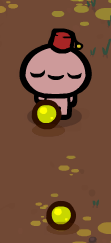
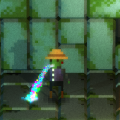
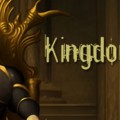
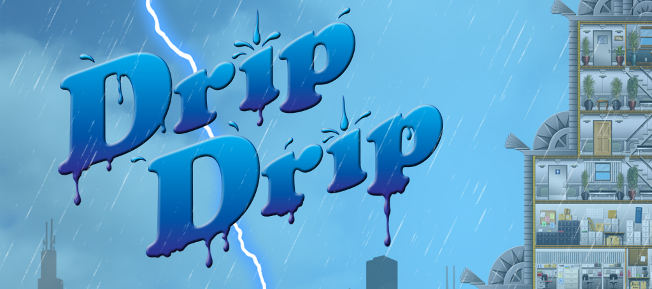
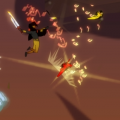
If Jeff likes this game, I know it is awesome. If Jeff played it for 11 hours, I know it is absurdly great.
Anyone still on the fence about Isaac should know that the game was recently given a substantial free update, adding a new character, new levels, new bosses, and new items to the mix. The update also promises a new ending — I’ll be curious to see whether it actually brings closure to the game’s themes or just turns the screw once more. Regardless, the game now packs even more value into its already-low price, so you have even fewer excuses for not picking this up.